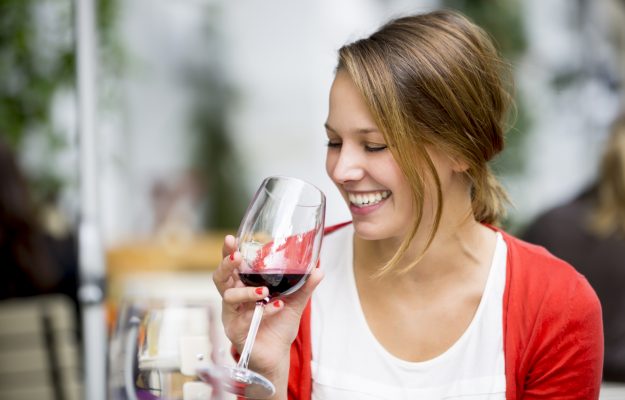Among the markets that, in the first three months of 2020, when the Covid-19 pandemic was barely taking its first steps in Europe, sent the most interesting signals to Italian wine exports is Holland, which between January and March imported 34 million euros of bottled still (+25.5%) and 4.58 million euros of bubbles, down 4.5% on the first quarter of 2019, but up sharply in volumes (+40.4%), with Prosecco alone approaching 2 million euros (+51%). An important growth, from which emerges, however, a country not very accustomed to spending: the numbers say it, with an average price of 3.42 euros per liter for bottled and 5.76 euros per liter for sparkling wines (-32.1%). And this is confirmed by the analysis of Wine Intelligence, which highlights how, just like their German neighbors, wine drinkers in the Netherlands have struggled to see wine as a premium product: for many years, the idea of spending more than 5 euros for a bottle of wine at the supermarket is seen as occasional and unusual behavior.
Something, however, has changed in the last five years, in which there has been a continuous change in wine drinking habits. The levels of spending on the off-trade channel have seen a sustained increase in all occasions of consumption: in the “informal - with food” moments, average spending per bottle has increased from €4.53 to €5.49 since 2014, a growth of 21%. At the same time, the frequency of consumption and the volumes of wine have suffered constant drops: Holland, in this sense, has also followed the global trend of drinking less, but drinking better. The recent economic crisis caused by the Coronavirus pandemic has brought some jolts in consumer behavior, but not as much as could have been expected. As was to be expected, opportunities for out-of-home consumption have been reduced to zero, but much of the lost volumes have moved to off-premise channels, with the e-commerce channel as the main beneficiary of this trend.
Consumption opportunities at home have also suffered a slight decline, which will contribute to the decline in volumes as a whole. According to the Wine Intelligence report on the impact of Covid-19, spending per bottle is stable, so the long-term trend of drinking less and spending more seems to continue. Dutch wine drinkers have also aligned with global trends: thanks in part to the reduction in sparkling wine duties introduced in 2017, the Netherlands has seen an increase in sparkling wine consumption of 12% since 2015, with the market dominated by Prosecco (55% of volumes), although Cava, whose consumption has increased by 22% since 2017, has grown the most since the abolition of duties on bubbles.
However, wine also has to contend with other types of alcoholic beverages: the beverage portfolio of regular wine lovers has shifted considerably in recent years, with beer, vodka and gin having an increasing incidence since 2014. In particular, gin has increased from 7% to 20% among wine drinkers. Another long-term trend among Dutch wine drinkers is a growing concern about alcohol levels: those who cite “alcohol content” as an important - or very important - signal of a purchasing decision have increased from 22% in 2014 to 31% in 2020. The main change in this attitude seems to come from consumers under 35 years of age, suggesting that this trend will be present on the market for a long time to come. The long-term effects of Covid-19 are all to be seen, but experts believe that the e-commerce channel will continue to grow, along with opportunities to sell premium wine. The Dutch consumer is not traditionally known to be a big spender of wine, but is starting to consider it as a product to spend more money on, even if buying it less often.
Copyright © 2000/2025
Contatti: info@winenews.it
Seguici anche su Twitter: @WineNewsIt
Seguici anche su Facebook: @winenewsit
Questo articolo è tratto dall'archivio di WineNews - Tutti i diritti riservati - Copyright © 2000/2025









































































































































































































